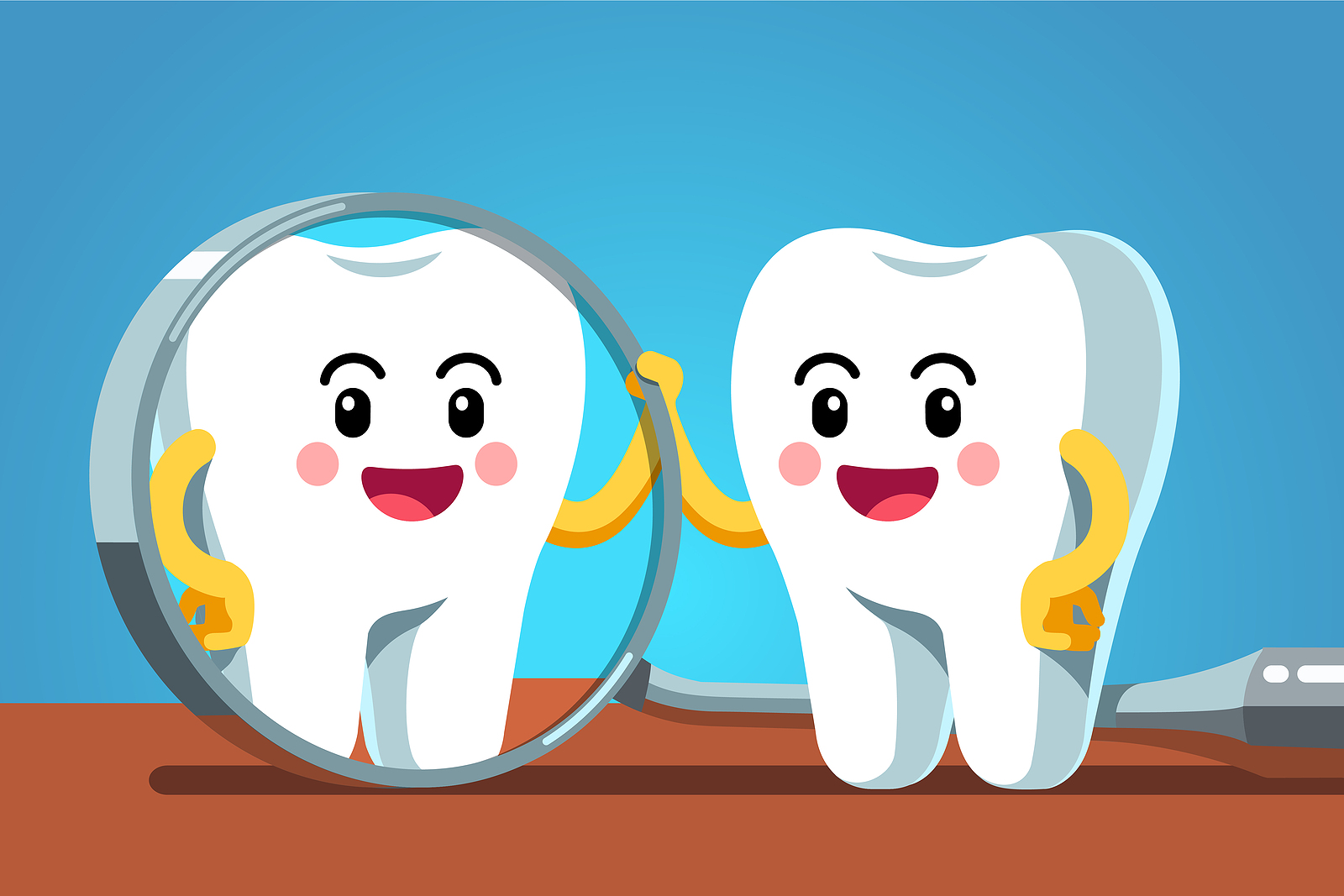![This is a thumbnail image of blog How Vitamins and Minerals Affect Your Teeth This is a thumbnail image of blog How Vitamins and Minerals Affect Your Teeth]()
How Vitamins and Minerals Affect Your Teeth
Jan 21, 2022![This is a thumbnail image of blog Everything You Need to Know: Invisalign This is a thumbnail image of blog Everything You Need to Know: Invisalign]()
Everything You Need to Know: Invisalign
Apr 04, 2022![This is a thumbnail image of blog Dental Cleaning : Procedure in Detail This is a thumbnail image of blog Dental Cleaning : Procedure in Detail]()
Dental Cleaning : Procedure in Detail
Mar 15, 2022Toothache Troubles: How Do You Know if You Need a Root Canal in Pleasanton, CA?
Feb 01, 2024![This is a thumbnail image of blog What are the Benefits of a Family Dentist? This is a thumbnail image of blog What are the Benefits of a Family Dentist?]()
What are the Benefits of a Family Dentist?
Jun 21, 2022

Dental Implants - Your Ideal Teeth Replacement Solution
Dental implants are small titanium posts inserted into the jawbone. These posts serve the same purpose as natural tooth roots, anchoring the restorations (such as crowns, bridges, or dentures) to the jawbone. Dental implants are a great tooth restoration option because they look and feel natural, and they help prevent bone deterioration.
Benefits of Dental Implants
There are several benefits of dental implants. The benefits include:
- They look and feel like natural teeth.
- They prevent bone loss in the jaw.
- They restore your ability to eat and chew properly.
- They protect your healthy teeth from shifting.
- They preserve your facial appearance.
- They prevent issues with speech.
All of these things work together to give you a healthier mouth.
How Do Dental Implants work?
Dental implants are small titanium posts that are inserted into the jawbone. These posts act like tooth roots and stimulate the jawbone just like the roots of natural teeth do. This stimulation helps to keep the jawbone strong and healthy. Dental implants also work to replace the roots of missing teeth that have been lost due to disease, injury, or other reasons.
Dental implants are the only permanent tooth replacement solution. They are designed to look, feel, and function just like your natural teeth.
Dental implants are surgically placed below the gum line. These titanium posts are biocompatible and interact with your jawbone just like a natural tooth root would. After the implant has fused with your jawbone, an abutment is attached to the post. An abutment is a small metal post that extends above the gumline. Once your jaw has healed, the abutment is securely attached to the implant.
When the implant is ready, your restorative dentist will begin creating your customized dental restoration. This dental restoration will be carefully carved out of dental-grade porcelain.
Types of Dental Implants
- Endosteal dental implants
Endosteal dental implants, also known as endosteal fixtures, are the most commonly used type of dental implant. They are cylindrical posts that are surgically implanted into the jaw. Each implant fuses with the jawbone through a process known as osseointegration. For the success of endosteal dental implants, patients need to have a good, healthy jawbone for the post to fuse to.
Endosteal implants are comprised of three parts: the implant, abutment, and prosthetic. The implant is the screw-like post that is inserted into the jaw and fuses with the jawbone. The abutment is the part that is attached to the implant and protrudes above the gum line. The prosthetic (also known as a crown) is the artificial tooth that is attached to the abutment.
- Subperiosteal dental implants
The subperiosteal implant is placed on top of the jawbone. The dentist places a metal anchor (typically made of titanium) on the jawbone and attaches an abutment to it so the abutment sticks out of the gum line. Then, the dentist mounts a crown or denture to the abutment.
Subperiosteal implants are ideal for patients who do not have enough bone in their jaw to support endosteal implants.
Please reach out to our dental practice in Pleasanton, CA, to have a consultation with our dentist in Pleasanton CA. Please call us at (925) 600-9006 or schedule an online consultation, and we’ll guide you further.
Office Hours
MON - WED9:00 am - 5:00 pm
THUClosed
FRI9:00 am - 5:00 pm
SAT8:30 am - 2:30 pm
SUNClosed





comments